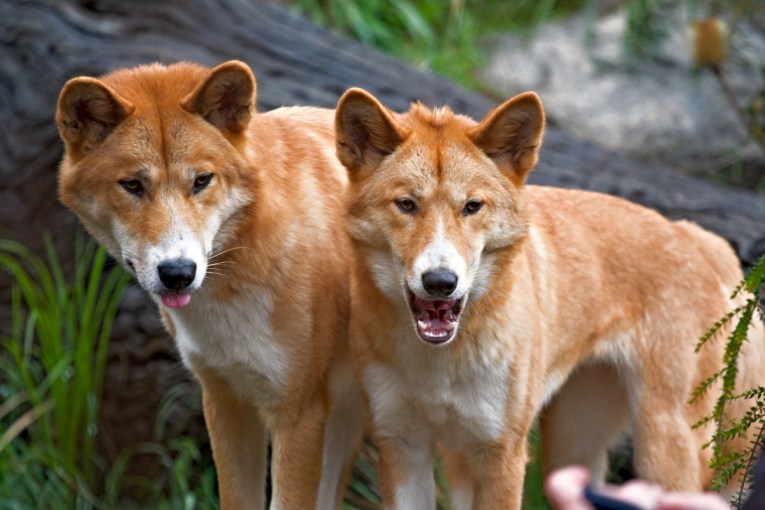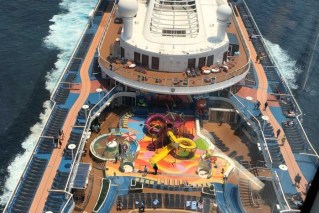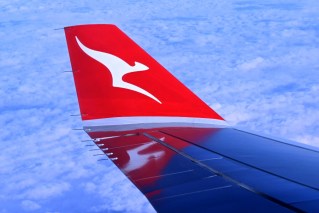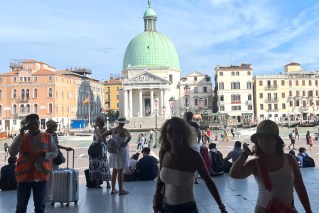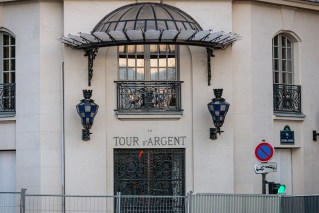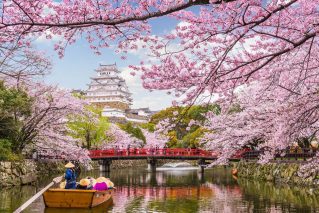Uluru ban helps red centre rank as Lonely Planet’s fourth-best region in the world
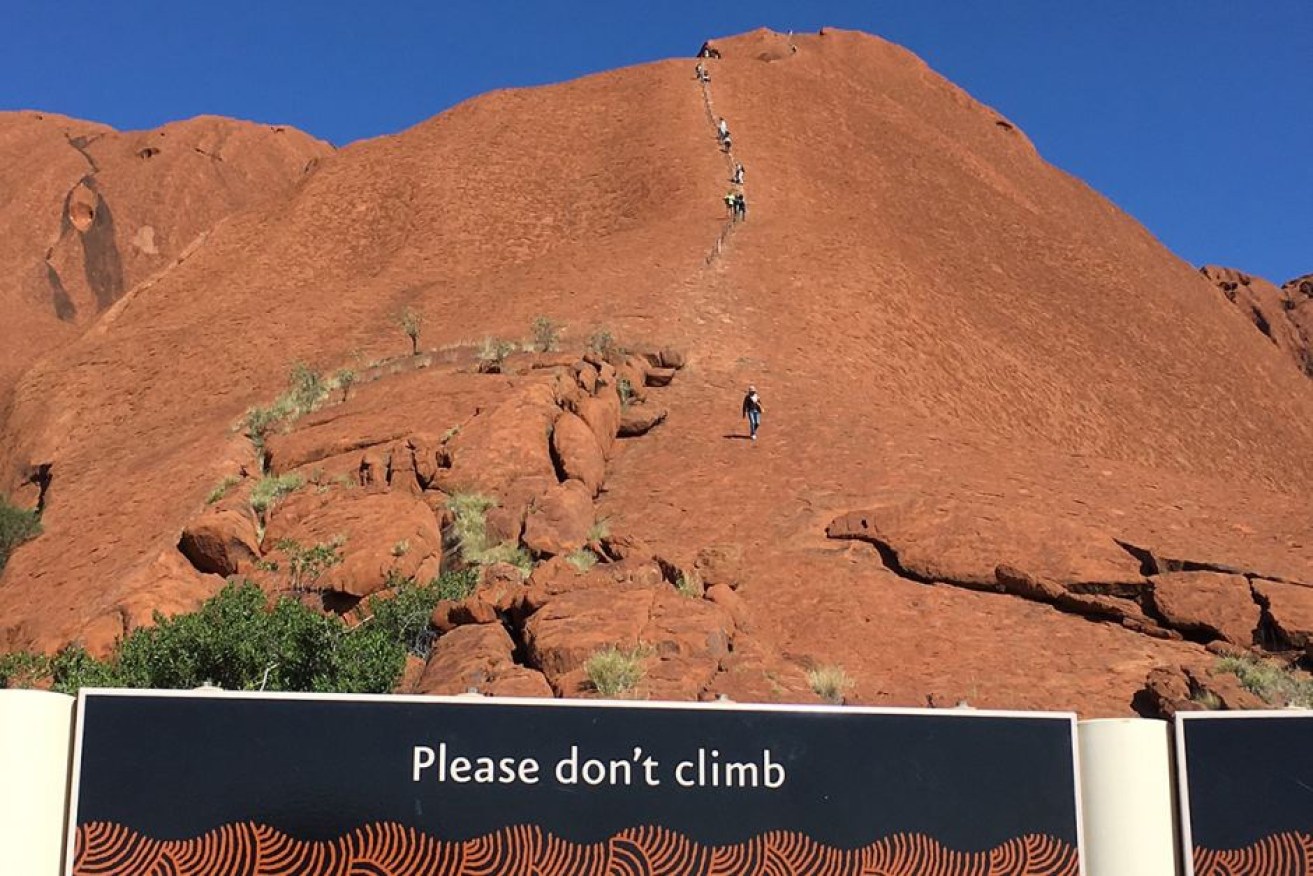
The girl was climbing with her family on Sunday when she slipped and fell up to 30 metres. Photo: ABC News
Central Australia has been named one of the best places to visit on the planet by a significant international travel guide – partly in recognition of the upcoming Uluru rock climb closure.
It is the first time the red centre has made Lonely Planet’s top 10 regions list, placing fourth in its upcoming book behind places in Italy, the United States and Peru.
The Territory may even be a dual winner this time, with the No.2 spot on the top 10 cities list going to China’s Shenzhen, which runs direct flights to Darwin.
The last time the NT was named on a ‘Best in Travel’ list was in 2012, when Darwin was ranked 10th in the cities list.
Lonely Planet spokesperson Chris Zeiher said the red centre made the cut because of its many natural wonders.
“The key things that we look for is topicality, so what’s actually happening in the year to come, what are the unique experiences that you can do there, and then the ‘X’ factor,” Mr Zeiher said.
“The [red centre] really scored quite heavily on the unique experiences piece, and that is the vastness of the red centre.
“Uluru is kind of like the jewel in the crown, [then] you’ve got things like Kings Canyon, [the] MacDonnell Ranges.”
He also said the red centre’s biggest town, Alice Springs, had an “electric vibe” and noted its array of Indigenous art.
Mr Zeiher said no tourism group, airline or government paid to get on the list and the decision was completely independent.
He said Lonely Planet only contacts tourism bodies and governments after the list has been finalised.
The NT government also told the ABC it did not pay for any location to be included on the list.
Donghai Airlines, which runs flights from Darwin to Shenzhen, was contacted for comment but did not respond.

The red centre has been named the fourth-best region in the world by Lonely Planet. Photo: Kartikeya Sharma
Rock climb closure an ‘important moment’
Mr Zeiher said the fact the Uluru rock climb would be closed in October next year had a lot to do with the decision.
“We really felt that it was a great opportunity to highlight the fact that this is an important moment in Australian history in terms of the recognition and respect of the traditional owners,” he said.
“We really want to encourage travellers to adopt an early mindset and actually think about exploring the rock in different ways.”
Mr Zeiher said when he visited Uluru he cycled around the base and took a flight over the top. Personally, he said he felt there was no need to climb it.
Tourism Central Australia CEO Stephen Schwer welcomed the region’s inclusion on the list, but said Uluru and its world heritage listing was not the only drawcard.
He said despite hearing some anecdotal evidence that the number of people climbing the rock had increased since the announcement about the closure, he was not sure if it was influencing numbers all that much.
“Most of the internationals these days are actually still horrified that the climb is still open. It’s a lot of domestic travellers who tend to do the climb,” he said.
“We find a wide range of ideas on the climb. I don’t anticipate too much of a drop once the rock climb closes.”
The news comes as Sydney geologist Marc Hendrickx recently filed a claim with the Human Rights Commission, claiming racial discrimination over plans to close the climb.
He said when the rock is closed to climbers in October next year, Anangu people, the area’s traditional owners, will still be able to climb Uluru.
Parks Australia was contacted by the ABC to confirm whether or not this will be the case, but has not responded.
Traditional owners have repeatedly stated that it is against traditional Anangu beliefs for people to climb the rock.
“All Australians contribute to running the park through their taxes, so it’s really a shared space,” he said.
“If the park was being run as a private park by the local Anangu people, then I wouldn’t have a case to make. I would fully accept that they have fully the right to manage the park.
“Because it’s a national park it’s there for all Australians. That’s the way I see it.”

The Lonely Planet spokesperson did not believe high airfares would deter international tourists from visiting Alice Springs and Central Australia. Photo: ABC News
High airfares ‘not a deterrent’
According to Mr Zeiher, Lonely Planet’s audience is in the hundreds of millions and lists like these are translated into multiple languages.
Mr Schwer said although forecasts were already looking good for 2019, the listing would likely increase visitor numbers further.
Asked whether the high cost of airfares in and out of the red centre would discourage visitors to the region, Mr Zeiher said it was not a deterrent to international visitors.
“If people have already made the choice that they’re going to spend the money to come to Australia, people kind of recognise that it is potentially going to be expensive,” he said.
“But it’s one of the things that we would encourage tourism operators to be thinking about, is making things absolutely a little bit more affordable, and that goes from everything to accommodation to food.”
–ABC
